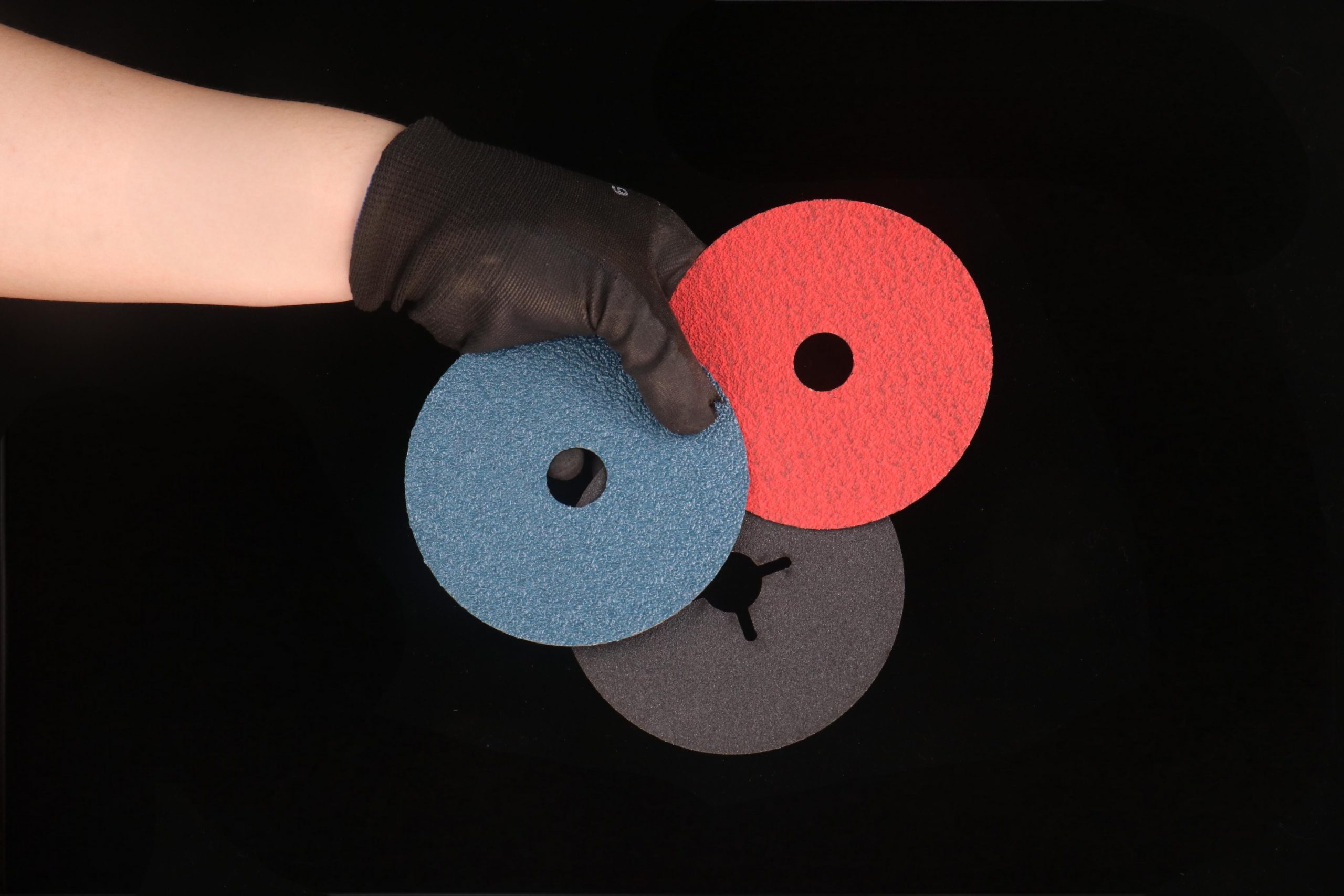When it comes to achieving a smooth, polished finish on various surfaces, sanding is an essential step in many industrial and DIY projects. Among the myriad sanding tools available, resin fiber discs stand out as a versatile and efficient choice for a range of applications. This article will delve into the specifics of resin fiber discs, their advantages, applications, and tips for mastering the art of sanding with these tools.
What Are Resin Fiber Discs?
Resin fiber discs are abrasive sanding tools designed to tackle tough materials and surfaces. They consist of a backing material made from a sturdy, durable fiber, which is coated with abrasive grains bonded together with a resin. This construction provides the discs with exceptional strength, durability, and cutting power.
The key components of resin fiber discs include:
- Backing Material: Typically made of a fiber-reinforced material, such as fiberglass, which provides structural integrity and flexibility.
- Abrasive Grains: These are the gritty particles that do the actual sanding work. Common abrasive materials include aluminum oxide, zirconia alumina, and ceramic.
- Resin Bond: This is the adhesive that holds the abrasive grains in place, ensuring long-lasting performance even under heavy use.
Advantages of Resin Fiber Discs
- Durability: Resin fiber discs are known for their robust construction, making them ideal for heavy-duty sanding applications. The fiber backing provides excellent resistance to tearing and cracking, ensuring a longer lifespan compared to other sanding tools.
- Versatility: These discs can be used on various materials, including metal, wood, and composites. They are particularly effective in removing welds, rust, paint, and other surface contaminants.
- Consistent Performance: The resin bond maintains a consistent abrasive surface, providing uniform cutting performance throughout the life of the disc. This results in a more consistent finish and less frequent disc replacements.
- Aggressive Cutting Power: The abrasive grains used in resin fiber discs are designed for efficient material removal. This allows for faster sanding and more effective results, saving both time and effort.
- Heat Resistance: The resin bond is designed to withstand high temperatures generated during the sanding process. This helps prevent the disc from breaking down prematurely and maintains its effectiveness over time.
Applications of Resin Fiber Discs
- Metalworking: Resin fiber discs are extensively used in metalworking for tasks such as deburring, weld removal, and surface preparation. Their aggressive cutting action makes them suitable for heavy metal surfaces and tough welds.
- Woodworking: In woodworking, these discs are employed for smoothing and finishing wooden surfaces. They help remove imperfections, smooth rough edges, and prepare surfaces for staining or painting.
- Automotive Repair: Resin fiber discs are commonly used in automotive repair and refinishing. They are effective in removing rust, paint, and other surface contaminants, preparing the surface for new paint or coatings.
- Construction: In the construction industry, these discs are used for sanding and finishing various materials, including concrete and masonry. They help achieve a smooth, even surface for further treatment or finishing.
- Aerospace: The aerospace industry utilizes resin fiber discs for precision sanding and finishing of aircraft components. Their durability and consistent performance are crucial for maintaining the high standards required in aerospace applications.
Choosing the Right Resin Fiber Disc
Selecting the appropriate resin fiber disc for your project involves considering several factors:
- Abrasive Material: Choose the abrasive material based on the material you are sanding. For example, aluminum oxide is suitable for general-purpose sanding, while zirconia alumina or ceramic discs are better for heavy-duty tasks.
- Grit Size: Grit size determines the coarseness of the disc. Coarse grits (e.g., 36 or 60) are used for aggressive material removal, while finer grits (e.g., 120 or 220) are used for finishing and smoothing.
- Disc Size: Resin fiber discs come in various sizes to fit different tools and machines. Ensure that the size of the disc matches the specifications of your sander or grinder.
- Backing Material: The backing material should be chosen based on the flexibility and strength required for your sanding task. Fiber-backed discs are generally more rigid, while other materials may offer more flexibility.
- Compatibility: Ensure that the resin fiber disc is compatible with your sanding or grinding equipment. Check the attachment method and make sure it fits securely onto your tool.
Techniques for Effective Sanding
- Surface Preparation: Before sanding, ensure that the surface is clean and free from contaminants. Removing loose debris or rust will help the resin fiber disc perform more effectively and achieve better results.
- Proper Speed: Adjust the speed of your sander or grinder according to the disc’s specifications. Using the correct speed helps prevent overheating and prolongs the life of the disc.
- Consistent Pressure: Apply even pressure during sanding to achieve a consistent finish. Avoid pressing too hard, as excessive pressure can lead to premature disc wear and uneven results.
- Motion and Technique: Use overlapping, circular motions to evenly sand the surface. This technique helps prevent swirl marks and ensures a smooth, uniform finish.
- Regular Inspection: Periodically check the condition of the disc during use. Replace the disc if it becomes worn or damaged to maintain optimal performance.
Safety Considerations
When using resin fiber discs, it’s essential to follow safety precautions to ensure a safe working environment:
- Personal Protective Equipment (PPE): Wear appropriate PPE, including safety glasses, gloves, and a dust mask, to protect yourself from debris and dust generated during sanding.
- Ventilation: Ensure proper ventilation in the work area to minimize dust buildup and improve air quality.
- Tool Maintenance: Regularly inspect and maintain your sanding or grinding equipment to ensure it is in good working condition and safe to use.
- Disc Inspection: Check the resin fiber disc for signs of damage or wear before use. Do not use damaged or worn discs, as they can pose a safety risk and affect performance.
Conclusion
Mastering the art of sanding with resin fiber discs involves understanding their unique properties, selecting the right disc for your application, and employing effective sanding techniques. By leveraging the durability, versatility, and cutting power of resin fiber discs, you can achieve professional-quality results in various sanding and finishing tasks. Whether you’re working on metal, wood, or other materials, resin fiber discs are a valuable tool for achieving a smooth, polished finish.
With proper selection, technique, and safety precautions, you can harness the full potential of resin fiber discs and elevate your sanding projects to the next level.


